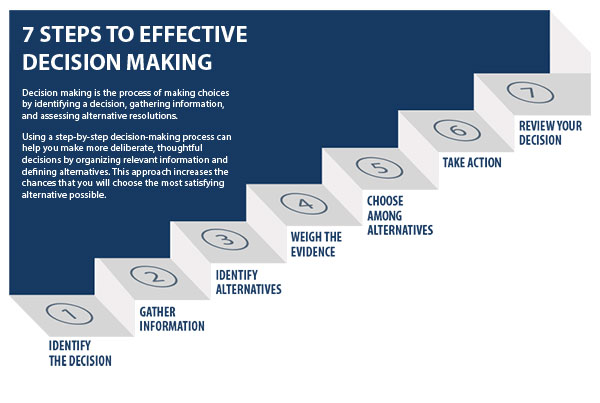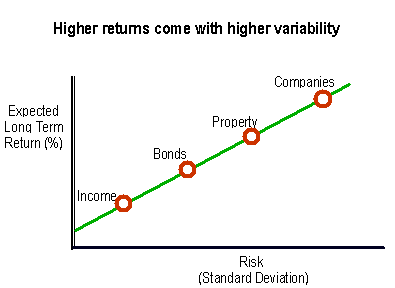Market behavior, in its most simplistic form, is about buying and selling. As simplistic as it may appear, market behaviors are filled with complex GOAL-DIRECTED BEHAVIORS, activities and choices that ultimately drive buying and selling. Thus, the imperative for marketers today becomes getting a handle on how buyers do three related things:
How do buyers select goals? How do buyers pursue goals? How do buyers make decisions relative to goals? What the C-Suite and their teams are realizing today is the insights needed about buyers and their decisions are lying somewhere in the deep recesses of the buyer’s mind. Directly influencing decisions, whether they are high-stakes, transactional, or recurring orders. There are three revelations happening for senior leaders in marketing and sales, which are:
Big Data is exactly that. Lots of data but it can only provide a sliver of insights. Profiling information lacks in revealing behaviors and motivations Customer journey mapping can help you understand process but lacks in insights on what drives the path to purchase Limited Vision
On two separate HELPFUL conversation occasions in recent weeks, I had lengthy discussions with senior marketing leaders who were struggling with how to uncover deeper layers of insights. Here is how the first conversation depicted this struggle:
“I think where we are struggling is that even after we did what we think you are supposed to do, it just didn’t feel like we gained anything new. For example, we used a template and gathered data on things like initiatives and criteria but there wasn’t anything very revealing about that.”
Vice President, Marketing
The struggle depicted here is often times there is confusion on what exactly represents deep buyer insights. There is a resorting to conventional views of buyers. Resorting to standard views of attempts to GATHER INFORMATION about initiatives, success factors, and all things related to criteria. In addition, resorting to process. A belief that simply mapping a process will tell us everything we need to know. The second conversation revealed this depiction:
“We did the customer journey mapping exercise and frankly, I am not sure what the value is at the moment. If I were, to be honest, there was a lot of guessing going on in the room.”
Senior Director, Solutions Marketing
These approaches have proven to provide a limited vision on buyer decisions and behaviors leading to decisions. What they lack is understanding of the underlying goals driving decisions and insights into how these goals are pursued.
Buyers Pursue Goals
Mark Wilson, Senior Vice President of Marketing at Blackberry quoted the fact that sixty-two percent of executives are making decisions on gut instincts and emotions at the recent BMA 2015 conference. My hunch is this came from the Fortune Knowledge Group study I have previously quoted as well. The connection, which needs to be drawn here, is that gut instincts and EMOTIONS are often connected to the pursuit of goals.
To truly understand the underlying goals, motivations, and emotions of buyers, what matters most is insights into two often unarticulated, on the part of buyers, goal-directed aspects of buying:
End Goals: These are typically goals related to achievements and accomplishments. They are also characterized by desired outcome. Sometimes outcomes can be generally described or can be specific. For example, you can generally describe an outcome being one of a fully staffed team with a high degree of skills. Pursuit Goals: These can be called means goals and are related to how end goals are pursued. They can vary, shift, and there can be many pursuit type goals. For example, related to the above, a pursuit goal can be one of attracting the right level of skills in applicants. When you can uncover end goals related to buyer decisions and draw connections to pursuit goals, you are offered insights into goal-directed behaviors and choices. This is where true buyer insights reside. As the quoted depictions above indicates, they are not found in gathered information, which can be mischaracterized as insights, related to stated initiatives, criteria, process, and etc. These approaches have become problematic in companies pursuing buyer personas for insights into buyer decisions. Ending up with basic profiles and struggle as the above quote depicts.
Insights Into Buyer Decisions
To gain true buyer insights into buyer decisions, companies must excel at understanding the pursuit of goals driving decisions. How does this relate to the digital economy and new digital technologies, which have radically changed buying in the last decade? It relates in this way:
It means pursuit goals are constantly as well as radically changing due to different means and ways buyers can pursue end goals.
It also means companies and their senior leaders will need to shift their gaze towards gaining insights into not only pursuit goals, but also how they are constantly changing.





